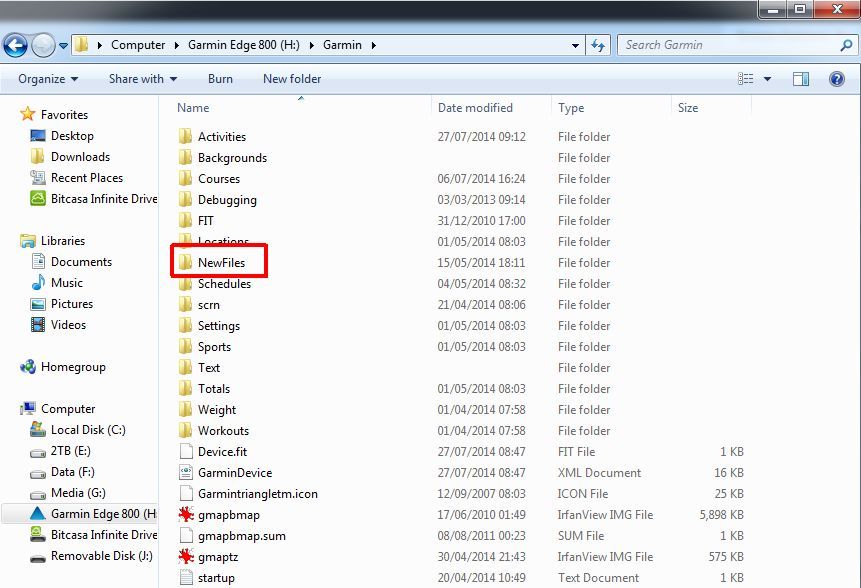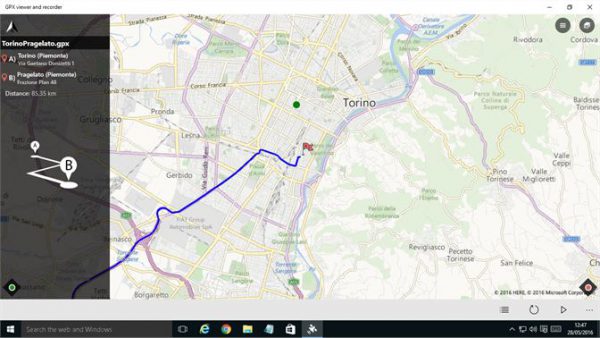
Let us save the schema from the browser into a local file and then call xsd: (Previously, it was shipped with Visual Studio which installed it in C:\Program Files (x86)\Microsoft Visual Studio \SDK\v\Bin). xsd.exe included with current Windows SDKs (it can be found at C:\Program Files (x86)\Microsoft SDKs\Windows\v\Bin\ or a subfolder therein. There are some discussions whether this is still useful. The documentation says, that where GPS reception was lost, or the GPS receiver was turned off, a new TrackSegment is to be started for each continuous span of track data. The tracks use an extra layer, the " TrackSegment".

The RoutePoints and TrackPoints are of the same type, but they belong to Routes and Tracks, resp. The WayPoints in the GPX proper are some kind of "points of interest" which you explicitly save on your device. This format was developed by TopoGrafix, and they publish the XML schema for it (see ). Here, I wish to present some steps of the development and a small sample program.
#Web gpx viewer software
Hence, I decided to write my own software for analyzing and editing GPX files. If you want to add data to OpenStreetMap, it could be advisable to record one point per second in order to get bends nicely, and then remove unnecessary points from straight sections of the road. There are many good reasons for editing, e.g., you might want to publish just a part of your track, need to correct some misplaced points, or want to remove the short deviation into the bushes when you provided a tree with liquid fertilizer. They can often do lots of things, but editing is quite uncommon. There are many tools available for viewing tracks recorded with GPS devices.

The current (updated) version 1.5 of the executables and the source code can be downloaded from.


 0 kommentar(er)
0 kommentar(er)
